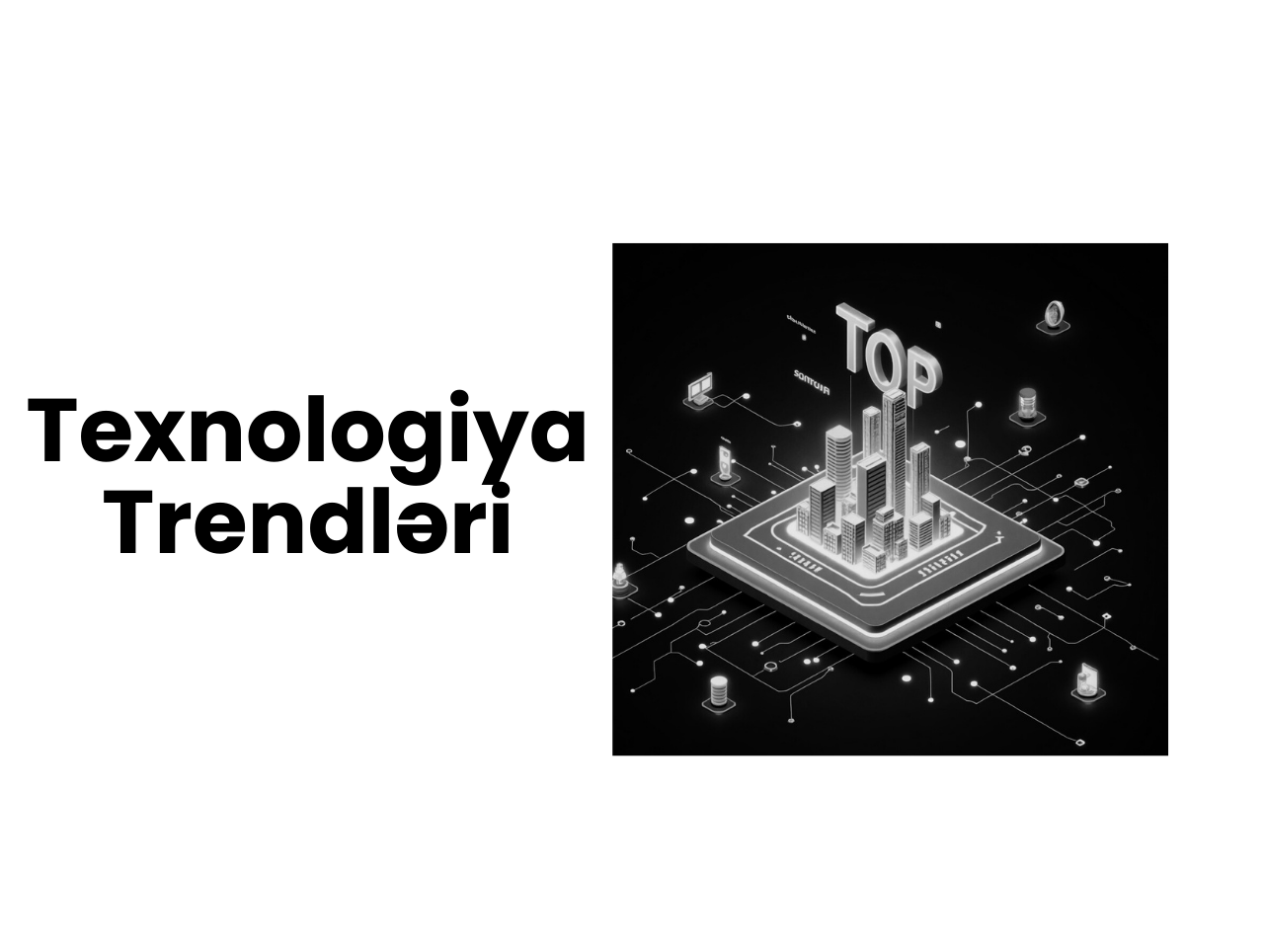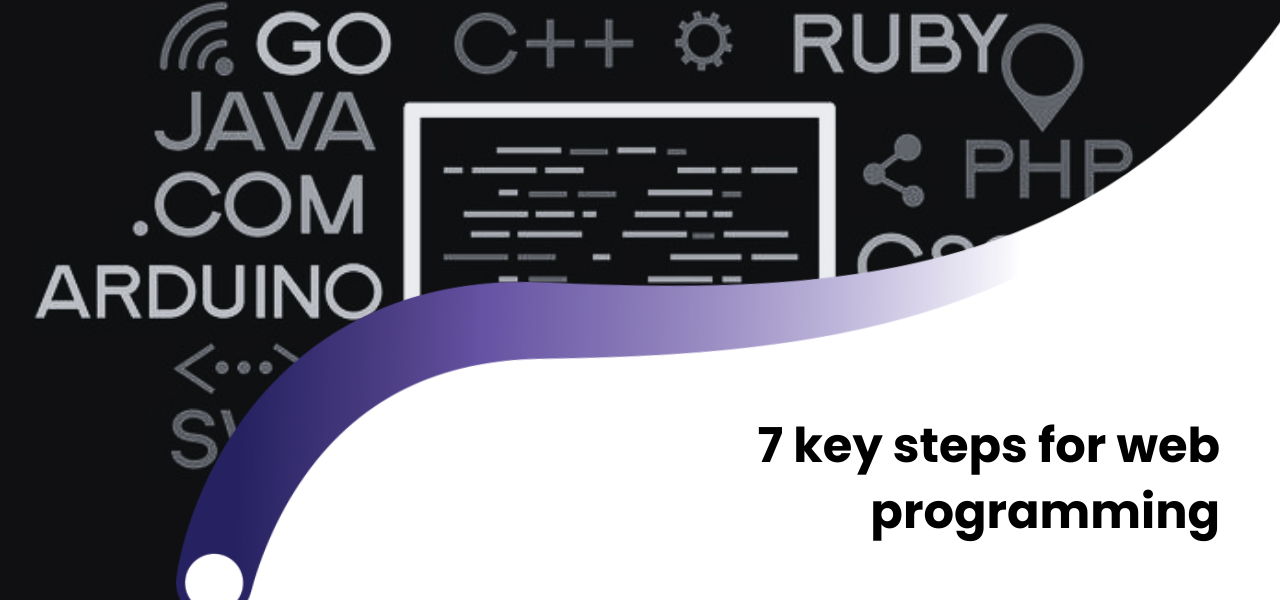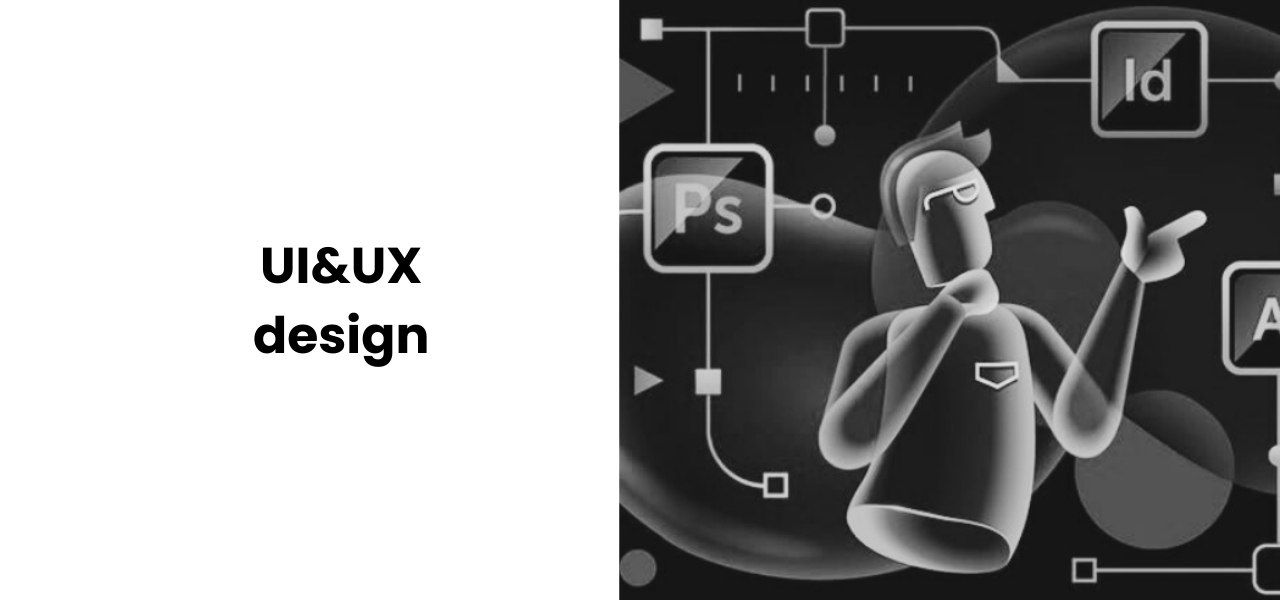The year 2024 has been a groundbreaking period for technological advancements, significantly impacting businesses, industries, and society. From artificial intelligence (AI) breakthroughs to sustainable technology, companies have been navigating an evolving landscape filled with both opportunities and challenges.
AI continues to dominate technology discussions, with generative AI (Gen AI), applied AI, and industrialized machine learning leading the charge. These trends are reshaping business processes, improving efficiency, and unlocking new possibilities across various industries.
1. Generative AI Enterprise Integration
When integrated into enterprises, generative AI empowers companies to deliver innovative solutions by automating operations, creating personalized customer experiences, and enhancing strategic decision-making processes. At the enterprise level, this integration increases productivity through automated processes and creative tools, speeds up decision-making, and reduces operational costs. Companies such as Microsoft, Amazon, and Google have incorporated Gen AI into their software tools, deploying advanced models to further boost productivity and simplify operations.
2. AI-Powered Cybersecurity
With increasing cyber threats, AI-powered cybersecurity has become a necessity. Companies like Darktrace use self-learning AI to detect and respond to cyber threats in real time, offering enterprises a proactive approach to digital security. Traditional rule-based security systems are proving inadequate, leading to widespread adoption of AI-driven solutions.
3. Immersive Workplace Technologies
Virtual reality systems are being used for remote collaboration and training. Meta has developed 3D meeting spaces for workplace collaboration, while HTC offers VR systems for industrial training and product design reviews. Implementing VR requires investing in hardware and adjusting work processes, often starting with use cases like safety training or design reviews.
4. Low-Code/No-Code Development Platforms
Software development platforms now include visual tools for creating applications without programming knowledge. Gartner predicts that by 2025, 70% of new enterprise applications will be built using these tools.
5. Edge Computing & 5G Enterprise applications
Companies are bringing computing power closer to data sources with edge computing, reducing latency and improving processing speeds. 5G networks consume less energy than 4G or 3G networks, while performing the same functions and being faster and more reliable. For example, a 5G cell site takes just 15% of the energy of a 4G cell site to transmit the same data. For this reason, a faster transition to 5G globally could save 0.5 billion tonnes of CO₂ by 2030.
6. Robotics & Automation
Innovation in robotics, automation, and quantum computing is shaping the future of industries. Industries such as manufacturing, logistics, and healthcare are increasingly adopting robotics to improve efficiency. Advanced robotics are automating complex tasks, from assembling products in factories to assisting patients in hospitals, transforming workforce dynamics.
7. Sustainable Technology & Green IT
Sustainability remains a crucial focus in technology, driving advancements in renewable energy and eco-friendly IT practices. Green IT initiatives, such as HPE’s GreenLake platform, prioritize energy efficiency and carbon footprint reduction. Companies are focusing on sustainable procurement, responsible hardware disposal, and renewable energy adoption for data centers, aligning with environmental, social, and governance (ESG) goals.
8. Zero Trust Security Architecture
As cyber threats become more sophisticated, businesses are embracing advanced security frameworks. Zero trust security models require continuous verification of users and devices, minimizing security risks. Companies like Palo Alto Networks and CrowdStrike have introduced advanced solutions, ensuring robust identity authentication and real-time threat detection.
9. AI-Driven Risk Management
AI-driven risk management solutions help businesses identify potential threats and mitigate disruptions. Organizations leverage machine learning algorithms to predict market trends, assess financial risks, and enhance regulatory compliance.
10. Human-AI Collaboration & Ethical AI Development
As AI becomes more integrated into workflows, companies focus on ethical AI development, ensuring transparency, fairness, and accountability. Organizations are prioritizing responsible AI practices to build trust and drive human-AI collaboration.
The technological advancements of 2024 have set the stage for transformative changes in businesses and society. From AI-driven innovations to sustainable technology solutions, companies must embrace these trends to stay competitive. As we move forward, the integration of these technologies will continue to shape industries, create new opportunities, and redefine the future of work.
 +994512060920
+994512060920





